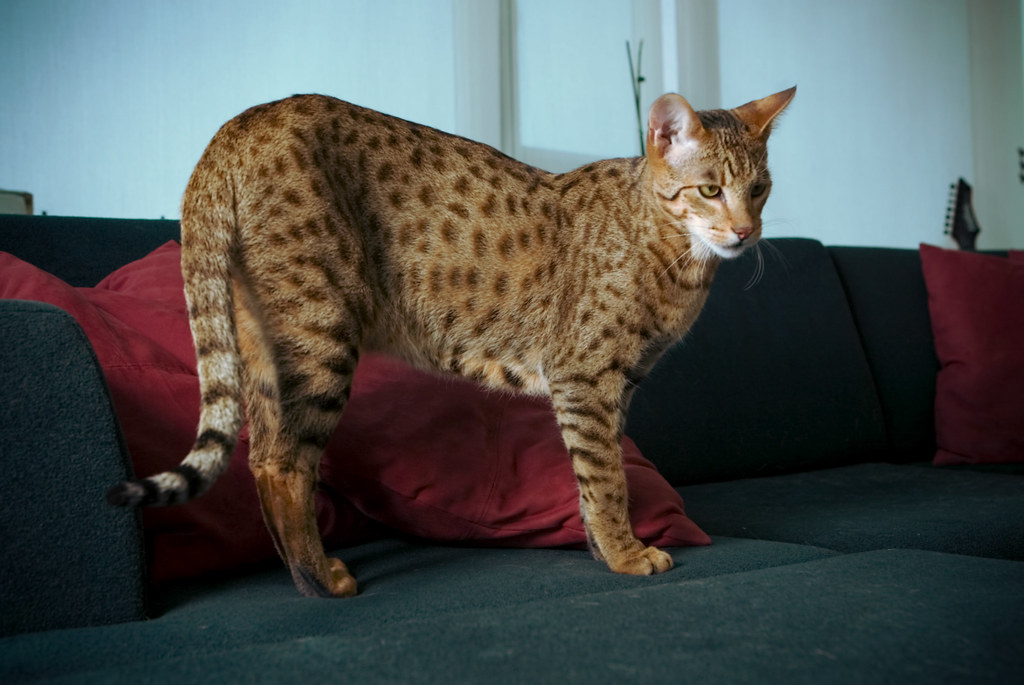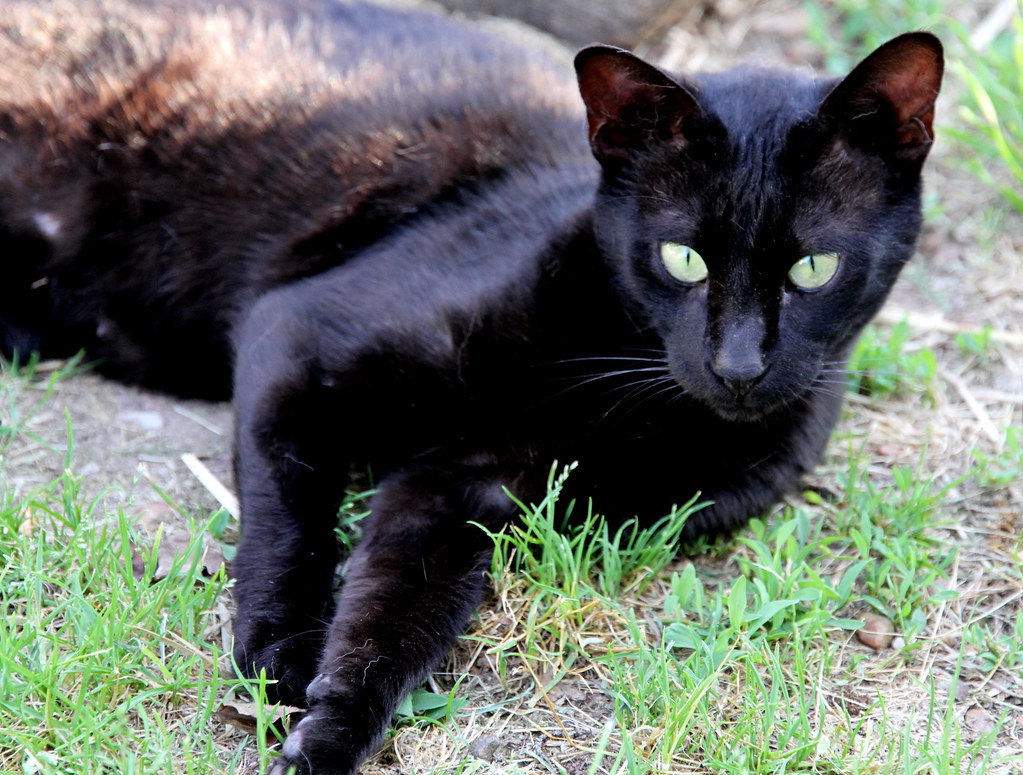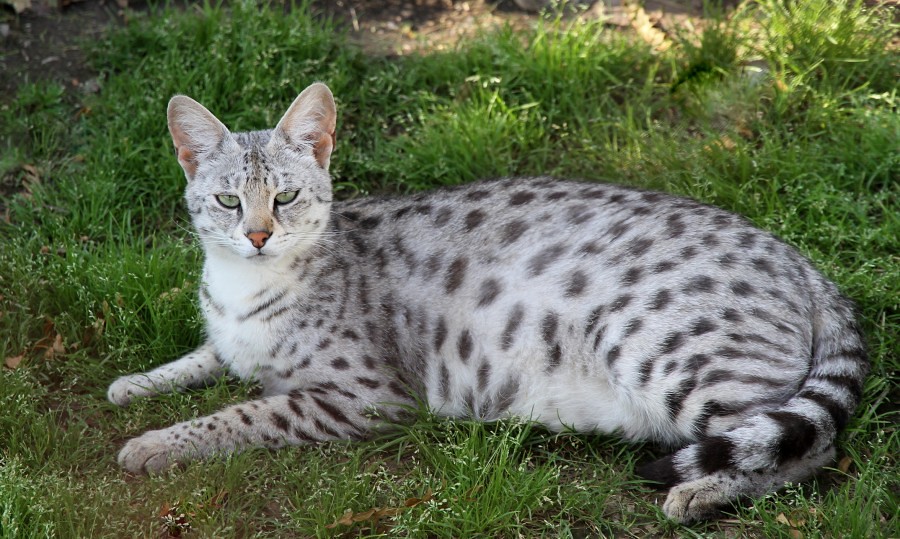- Get link
- X
- Other Apps
Tracking The Elusive Snow Leopard And Big Cat Savannah And Big cat savannah You d get loads of people
- Get link
- X
- Other Apps

Big Cat Savannah
HIDDEN in a tranquil Saharan nature scene is a wild animal, but you'll need perfect vision to spot it on your first look. Even if you study the photo for a long time, you might not spot the animal tucked away in the wilderness, as plenty of TikTok viewers learned during their own attempts to see the hidden image. 2 A TikTok user with the handle TheFamily_Guy1 shared a challenging photo brainteaserCredit: TikTok The baffling photo was shared to TikTok by a user with the handle TheFamily_Guy1. His viewers gladly stepped up to the challenge when he presented it. In the comments section, a few viewers guessed at the species of the animal, hoping they could narrow down and figure out what they were looking for. Several commenters insisted they saw a zebra hidden in the tall grass of the photograph. "No zebra," a different viewer weighed in. "Where is that anyone?" That viewer said the animal was definitely a member of the big cat family, and some agreed. "Tiger, bro. That was easy," wrote one commenter, seemingly drawing criticism from others. Another viewer wrote that she saw a jaguar, and paired her claim with plenty of mocking laughing emojis. Overall, the comments section seemed equally divided: almost half of the commenters who said they saw a big cat insisted they saw a tiger. An equal amount saw a jaguar instead, and a few were completely undecided. Still, a few viewers gloated that they found the animal right... https://bigcatrescue.org/diablo/.

Are savannah cats dangerous 7, 2012 Read More UP NEXT Back-to-school tips for the new school year | TODAY All Day Back-to-School Bootcamp 23:42 Grandma's karaoke performance in Goodwill store goes viral 01:37 Hoda Kotb says she has a high bar for whoever she dates next 05:56 Comfortable fashion picks for kids going back to school 05:53 How to make the ‘buttamilk’ caramel pie at home 04:53 Kathie Lee Gifford talks making small changes to live a happier life 05:05 It was nearly half a century ago when Jonathan Scott first set eyes upon the lions of the Musiara Marsh. Back in 1977, he had newly arrived in Kenya’s Masai Mara National Reserve to work as a tour guide and wildlife photographer and spotted two of the big cats lounging on the edge of the swamp where, during the dry season, they hunt for prey. The lions in question were nonplussed. “They just stuck their noses into the wind, looked around and slumped down again into the grass,” the now 73-year-old recalls.

F1 Savannah Cat For Sale
mud or scratched bark on trees. Tunbridge has a busted left knee and ankle, causing him to throw his weight rightwards when walking. He says this improves his tracking, forcing him to move slowly and observe carefully. “Frank found a lovely bit of poo, bit of scat, and he was pulling it apart in front of me with his hands,” Bilney remembered. Rabbit or deer bones would indicate that the scat came from a carnivore. “He shook my hands when he left later,” he laughed. Tunbridge has spent 30 years searching for evidence of Britain’s big cats. Not a day goes by when they don’t prowl through his mind. He’s convinced they’re living in the countryside and his commitment to proving this has made him Britain’s go-to man for sightings of exotic predators. He records the details of each report in his notebooks, some of which feature biro sketches scratched in thick black lines. A retired carpenter and car-boot-sale organiser now in his 70s, he has wiry hair, sharp eyes and jowls weathered by long hours spent outdoors. Over the years Tunbridge has put cameras in scores of locations across the British countryside to obtain confirmatory footage. Every holiday offers the opportunity to collect more evidence from a new place. He usually has a handful of camcorders in position at any one time and spends hours sifting through video. Thousands of people in Britain populate big-cat Facebook groups but only a few dozen are committed to tracking the beasts. “There’s... https://www.pinterest.com/pin/565975878157372015/.
Savannah Cats For Sale
at the Exeter ’Change Royal Menagerie had shot dead Chunee the elephant as he smashed the walls of his enclosure – it took 90 minutes and 152 bullets to bring him down. By the early 20th century, the trope of a predator at large was well-established. In “A Tiger’s Skin”, a short story by W.W. Jacobs published in 1902, an escaped circus tiger lives in the woods, stalking nearby villagers. These fears were not just imagined. In 1903, a Canadian lynx was shot in Devon – an anatomical analysis conducted in 2013 suggested that it may have lived feral after breaking free from a menagerie. The British big cat came into its own in the years following the second world war. No county was complete without its own fantastical feline: the Beast of Bodmin Moor, the Cougar of Cupar, the Fen Tiger, the Nottingham Lion, even the Sydenham Panther. To go by the tabloid headlines during the 1960s, you could scarcely pop out for a pint of milk without tripping over a puma. The rise of the tabloid press helped mould a front-page staple out of a traditional legend. Most reports described an animal, larger than any dog, with a black body, yellow eyes and a thick, kinked tail Even government ministers gave big cats serious consideration. In 1983, after a spate of sightings, the Royal Marines undertook a mission to find the Beast of Exmoor. Despite 50 men from 42 Commando, a police helicopter and the vigilant nostrils of... https://translate.google.com/translate?hl=en&sl=id&u=https://www.pinterest.com/pin/565975878157372015/&prev=search&pto=aue.

Largest Domestic Cat
this massive adrenaline rush.” She was rooted to the spot until it disappeared into the bushes. Her husband Phil thought she was pulling his leg. Phil maintained his scepticism until, in February 2020, the couple and their daughter spotted a similar black creature from their kitchen window. In a phone video of the incident, you can see the animal on the other side of a field. It’s impossible to judge its size: it could be as large as a terrier or a Great Dane. “Oh, I’m shaking Phil!” Sue cries in the video. “These sheep haven’t got a clue.” Phil is no longer a sceptic. “Twenty years I’ve called her the Cat Woman of Woodchester,” he told me. But when he saw the animal, he almost “jumped off the chair”. A friend of Tunbridge, a fellow tracker called Alyn English, went to the scene. English took along a life-sized stuffed leopard to re-create the video (trackers call this method of approximating the dimensions of their quarry “scaling-up”). He concluded that the animal was much larger than a domestic cat. English then examined the terrain. An oak tree in a woodland clearing had a single moss-free branch, perhaps stripped by the cat as it observed its prey. He also found bone-rich faeces and stored them in a Ziploc bag for dna analysis. (English told me that the sample was still sitting in his home freezer: “My wife is very forgiving.”) Then he set up a camera and waited. The footage threw... .

Savannah Cat Price
that later merged into Natural England, he caught the bug after a sighting over a decade ago and now hosts a podcast, “Big Cat Conversations”. “We have some fierce rows,” Minter said, about evidence, inferences and theories. Tunbridge believes a small number of leopards or pumas were released by their owners and bred with large domestic cats, perhaps Maine Coons, creating a self-sustaining hybrid he terms the “British Big Cat”. Rachael Bodenham, the big-cat keeper at Chester Zoo, told me that though big cats can interbreed, any offspring would probably be sickly and infertile. She thinks that the sightings are more likely to be black Labradors or feral cats, which can grow large in the wild (there are around 250,000 strays in Britain’s towns and cities alone). Still, Tunbridge is convinced of his hybrid theory. He cites Canada’s pizzly bear, a grizzly-polar bear hybrid discovered in 2006, and the coywolf, the product of interbreeding between coyotes and wolves. Both are fertile. “After a while”, Tunbridge said with a tone of reverence, “nature finds a way, you see.” Minter takes a different tack from Tunbridge. He suspects that there are around 500 black leopards or pumas roaming the English countryside, which come together to breed. But he says he’s willing to have his hypothesis disproved. “It’s like a family row, you still love that person,” he said. (Minter admits that his passion has taken a toll on his own family, who sometimes get “really pissed off” by the amount of time... .
F4 Savannah Cat
something that’s larger than us and our little lives,” Allaby told me. The existence of big cats would prove the survival of an ineradicable strain of wildness in the face of developers and industrial farmers Britain’s big-cat trackers insist that areas of the countryside remain impervious to man’s dominion. To them big cats are avatars of resistance to – even revenge for – humanity’s degradation of the natural world. Tunbridge’s theory contains a curious paradox. Species are dying, habitats are collapsing, the world is heating up – but, according to him, nature is getting on just fine out of sight. Does their advocacy call us back to the wild or palliate our guilt for the destruction we have wrought? The Woodchester Park episode changed Tunbridge. Having endured media attention, he decided to give up his attempt to prove the existence of big cats to the world. “I thought, ‘It’s becoming a bit of a circus’,” he told me. He reckons that if conclusive evidence were ever published, trigger-happy officials would seek to eliminate this “invasive” species to maintain the bucolic familiarity of rural Britain. Little Englanders would never accept a violent carnivore in their backyard. “You’d get loads of people wanting to shoot it, wanting to kill the animal, with a lot of destruction of the country and tramping over people’s lands,” Tunbridge said. (Minter also told me that he has promising tapes he will never publish for fear of a cull.) Even if a trail camera were to capture... .

F3 Savannah Cat
and you can FEEL the DRAMA. EVERYTHING IS ON THE LINE. And then Staley chews a dude out for farting in the film room. Photo: HBO What Shows Will It Remind You Of? Any piece of visual media involving the Detroit Lions inextricably resembles The Day After. Our Take: Historically, one of the turn-offs of Hard Knocks has been its adherence to reality-TV contrivances (amped-up conflicts, montages calculated to hit you right in the feel-cockles) and its status as promotional fodder for the NFL. Teams often need to be cajoled to participate in a complicated and intrusive TV-production schedule, and that reluctance sometimes creeps into the subtext of the series. But the unerring passion and sincerity of these Detroit Lions capital-C Characters roughs up the show’s phony sheen. One thread in the episode gets into how Campbell wants his coaches and players to be absolutely and only themselves, which, for those in the know (e.g., lifelong Lions fans/idiots like me), is a subtle dig at previous head coach Matt Patricia, an aloof scold who preached conformity to his (grotesque failure of a) system and chided beat reporters for slouching in their chairs. Note the scene where a Campbell press conference is interrupted by a reporter’s phone alarm, and the coach cracks jokes about it. Later, he tells his players on the practice field, “All I think about is you guys!” as his voice wobbles and wavers. Nobody’s crying for the cameras here. They’re crying because they can’t help but... .
Comments
Post a Comment